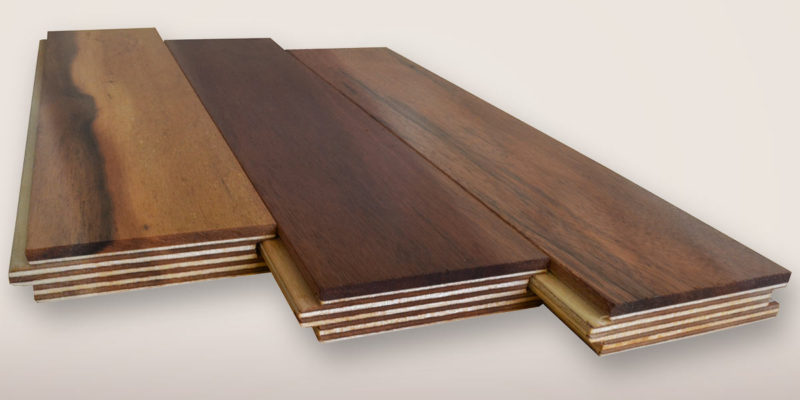Wood floors are a classic addition to any home. Barring damage from fire or flood, a well-made and correctly-installed solid wood floor will add warmth, character and value to your interior as long as you’re in your house.
Engineered wood floors and solid wood floors are very different things, and there are different situations when one would work better than the other.
Engineered wood floors behave a little differently than plank floors do; they tend to be easier to install and they’re usually less expensive than solid planks.
Originally, engineered wood floors were developed for use on the first floor of a home built on a concrete slab or in a basement. But engineered wood flooring technology has exploded over the last 20 years, and its products can be used just about anywhere, including in places where you’d expect to find plank floors.
Engineered wood floors can be more resistant to moisture and tend to be more stable. While no wood product can tolerate water standing on it, the increased moisture levels over concrete aren’t a problem for most engineered wood floors.
Engineered wood floors thinner than 3/4″ (2 cm) can be glued down, similar to how you’d glue down a vinyl or resilient floor. Gluing down an engineered wood floor is a project a do-it-yourselfer can usually take on provided he or she has a lot of time and a fair amount of experience with DIY projects.
Mostly, engineered wood floors can be used in places wood plank floors can’t be used; can be a more sustainable option; tend to cost less than solid planks.

